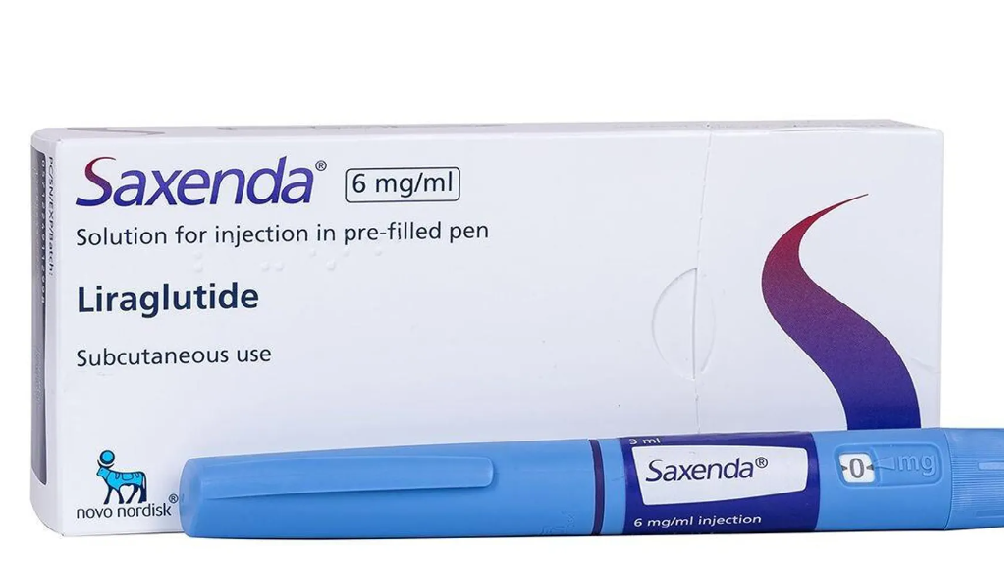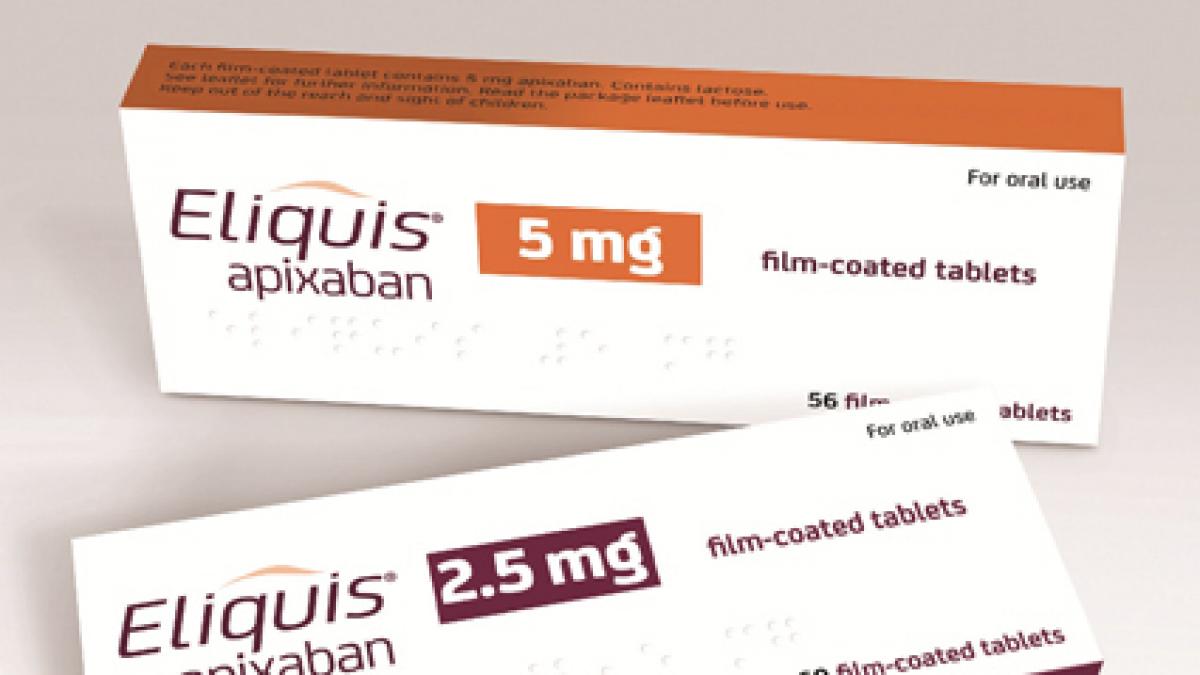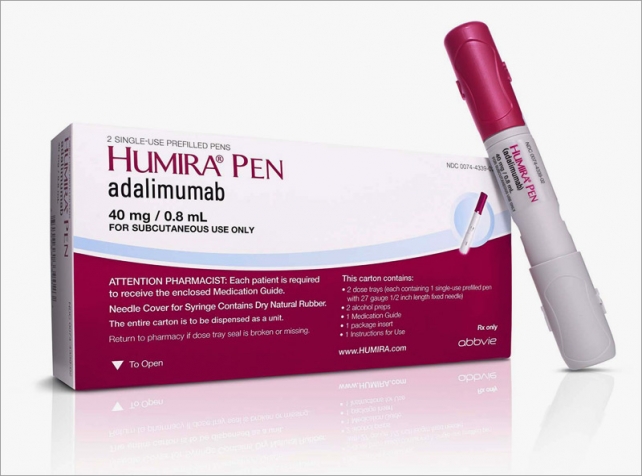Saxenda for Weight Loss
Struggling with Diabetes and Weight Loss Goals?
Discover Saxenda®, an innovative treatment designed to help you regain control of your health. This prescription medicine targets excess weight and obesity in adults and children aged 12-17 years. When combined with a reduced calorie diet and increased physical activity, Saxenda can lead to significant weight loss.
Moreover, Saxenda® contains liraglutide, an active ingredient that acts as a GLP-1 receptor agonist. This hormone mimic helps control blood sugar and appetite, facilitating weight loss. However, while Saxenda® works effectively when used correctly, it’s crucial to understand potential side effects. Therefore, it’s essential to consult with a healthcare provider before starting.
To begin your health journey with Saxenda or to purchase at an affordable price, visit prescrimeds.com.
Key Takeaways:
- Saxenda is a prescription medicine aiding in diabetes management and weight loss.
- It is suitable for adults with excess weight or obesity, and children aged 12-17 with obesity.
- Combining Saxenda with a reduced calorie diet and increased physical activity is essential.
- The active ingredient, liraglutide, helps regulate blood sugar and appetite.
- Prior to starting Saxenda, consult your healthcare provider for suitability.
What is Saxenda®?
Saxenda® (liraglutide) is an injectable prescription medicine for adults with excess weight or obesity and approved for children aged 12-17 years with obesity. It promotes weight loss when used alongside a reduced calorie diet and increased physical activity.
Furthermore, the active ingredient, liraglutide, is a GLP-1 receptor agonist, mimicking the hormone glucagon-like peptide-1 (GLP-1). This activation controls appetite, enhances fullness, and improves blood sugar control.
How does Saxenda® work?
Saxenda® contains liraglutide, a GLP-1 receptor agonist, which mimics the hormone glucagon-like peptide-1 (GLP-1). This activation controls appetite, enhances fullness, and improves blood sugar control. As a result, this mechanism promotes healthier eating habits and reduced calorie intake, aiding in sustainable weight management.
“Saxenda® facilitates weight loss when combined with a reduced calorie diet and increased physical activity.”
Additionally, Saxenda® improves blood sugar control, making it suitable for type 2 diabetes management, potentially reducing the need for diabetes medications.
Who can use Saxenda®?
Saxenda® is suitable for adults and children struggling with excess weight or obesity. Specifically, it’s recommended for:
- Adults with excess weight and weight-related medical issues (BMI ≥27)
- Adults with obesity (BMI ≥30)
- Children aged 12-17 years with a body weight above 132 pounds (60 kg) and obesity
Before starting Saxenda®, consult a healthcare provider to determine its suitability based on your medical conditions and weight management goals.
Safety Information and possible risks
- Thyroid tumors: Saxenda® can heighten the risk of thyroid tumors, potentially leading to cancer. Those with a history of medullary thyroid carcinoma (MTC) or Multiple Endocrine Neoplasia syndrome type 2 (MEN 2) should avoid it. Regular thyroid monitoring is necessary.
- Pancreatitis: This medication can cause pancreatitis, characterized by severe abdominal pain that may spread to the back, with or without vomiting. Immediate medical attention is required if these symptoms manifest.
- Gallbladder problems: Saxenda® increases the likelihood of gallbladder issues, such as gallstones. Symptoms include abdominal pain, nausea, vomiting, or fever, warranting prompt medical attention.
- Low blood sugar: Saxenda® elevates the risk of hypoglycemia in individuals with type 2 diabetes on specific medications like insulin or sulfonylureas. Symptoms of low blood sugar encompass dizziness, shakiness, sweating, rapid heartbeat, headache, confusion, or blurred vision. Regular blood sugar monitoring is vital.
- Increased heart rate: The medication can raise heart rate, especially concerning for those with prior heart issues. Monitoring heart rate is essential.
- Kidney problems: Saxenda® can affect kidney function, necessitating regular kidney function tests.
- Serious allergic reactions: While rare, severe allergic reactions to Saxenda® can occur, characterized by facial swelling, itching, rash, or breathing difficulties. Immediate medical attention is crucial.
- Depression: Saxenda® may contribute to depression or suicidal thoughts. Regular mental health monitoring is necessary.
Note: This list isn’t exhaustive. Consultation with a healthcare provider is crucial for a comprehensive understanding of Saxenda®’s potential risks and benefits tailored to individual medical conditions and weight management objectives.
Possible Side Effects
- Persistent intense abdominal discomfort
- Abdominal discomfort along with nausea, vomiting, or fever
- Feel dizzy, shaky, sweaty, with a rapid heartbeat, headache, confusion, or blurred vision
If you Notice swelling on your face, lips, tongue, or throat, along with itching, a rash, or breathing difficulties Get immediate medical attention.
If you are experiencing one or more of these symptoms, seek immediate medical help.
Monitor your blood sugar consistently and seek medical advice if symptoms continue.
How to Use Saxenda®
Using Saxenda® correctly is crucial to ensure its effectiveness and safety. Here are some important instructions on how to use Saxenda®:
- Prepare the Saxenda® pen: Follow the packaging instructions to assemble the pen and always use a fresh needle for each injection.
- Choose the injection site: Inject Saxenda® subcutaneously in the abdomen, thigh, or upper arm, rotating sites to minimize skin lump formation.
- Administer the injection: Grasp the Saxenda® pen like a pencil, insert the needle at a 90-degree angle into the selected area, press the injection button until it clicks, and hold the needle in position briefly before removing.
- Follow dosage instructions: Your doctor will tailor Saxenda® dosing to your needs. Start with a low dose and increase gradually as prescribed. Stick to the recommended dosage and avoid exceeding it.
Additional Tips for Saxenda® Administration
Here are some additional tips to optimize your experience with Saxenda®:
- Timing: It is generally recommended to administer Saxenda® at the same time each day to establish a routine. Choose a time that works best for you, whether it’s in the morning, afternoon, or evening.
- Missed Dose: If you miss a dose, take it as soon as you remember, unless it is close to your next scheduled dose. In that case, skip the missed dose and resume your regular dosing schedule. Do not take double doses to make up for a missed one.
- Storage: Store Saxenda® pens in the refrigerator between 36°F and 46°F (2°C and 8°C). Do not freeze the pens. Once a pen is in use, it can be stored at room temperature (up to 77°F or 25°C) for up to 30 days. Avoid exposure to excessive heat or direct sunlight.
increased heart rate, kidney problems, and depression have been reported with the use of Saxenda®.”
Note that Saxenda® may cause thyroid tumors, including cancer, and is not recommended for individuals with a personal or family history of medullary thyroid carcinoma (MTC) or Multiple Endocrine Neoplasia syndrome type 2 (MEN 2). It is crucial to discuss any existing medical conditions and potential risks with a healthcare provider before starting Saxenda®.
It is essential to understand the potential side effects of Saxenda® and to seek medical attention if any concerning symptoms occur. Always consult with a healthcare provider for personalized medical advice and guidance.
Saxenda® and Medication Interactions: What You Need to Know
If you are considering using Saxenda® for weight management or diabetes treatment, it is important to be aware of potential medication interactions. Saxenda® is a GLP-1 receptor agonist that has been shown to be effective in controlling appetite and regulating blood sugar levels. However, certain medications may interact with Saxenda®, leading to potential stomach and pancreas problems. It is crucial to discuss all medications, including prescription, over-the-counter, and herbal supplements, with your healthcare provider before starting Saxenda®.
GLP-1 Receptor Agonists
GLP-1 receptor agonists are a class of medications that work similarly to Saxenda® by activating the GLP-1 receptors in the body. These medications are often used for diabetes treatment and weight management. When combined with Saxenda®, these medications can increase the risk of stomach problems and pancreas problems. It is important to consult with your healthcare provider about potential interactions and whether using Saxenda® along with other GLP-1 receptor agonists is appropriate for you.
Diabetes Medications
Individuals who are taking medications to manage their diabetes should be cautious when considering Saxenda®. Some diabetes medications, such as insulin and sulfonylureas, may interact with Saxenda® and affect blood sugar control. It is essential to have a thorough discussion with your healthcare provider about your current diabetes treatment plan and the potential implications of adding Saxenda® to your regimen.
Discussing Medication Interactions with Your Healthcare Provider
Your healthcare provider is your best resource for information about medication interactions and whether Saxenda® is the right choice for you. They can review your current medications, discuss potential risks and benefits, and make an informed decision about your treatment plan. Be sure to provide your healthcare provider with a complete list of all medications you are currently taking, including any over-the-counter or herbal supplements.
| Medication | Potential Interaction |
|---|---|
| GLP-1 receptor agonists (e.g., Victoza) | Increased risk of stomach and pancreas problems |
| Insulin and sulfonylureas (e.g., glipizide, glyburide) | Affects blood sugar control |
| Other medications | Discuss with your healthcare provider |
Prioritize your health and well-being when considering Saxenda® or any other medications. By having an open and honest conversation with your healthcare provider about medication interactions, you can make an informed decision and ensure the best possible outcomes for your weight management and diabetes treatment journey.
Saxenda® and Pregnancy/Breastfeeding
If you are considering using Saxenda® and are pregnant or planning to become pregnant, it’s essential to consult your healthcare provider. Given that Saxenda® can harm the unborn baby, alternative treatment options safe for pregnancy should be discussed.
Similarly, if you are currently breastfeeding or planning to
breastfeed while using Saxenda®, it’s vital to consult your healthcare provider. The safety of Saxenda® during breastfeeding is not known, and there may be potential risks to the nursing infant. Your doctor will assess your specific situation, weigh the potential benefits and risks, and guide you in making the best choice for both you and your baby.
Key Points:
- Saxenda® is not recommended for use during pregnancy due to potential harm to the unborn baby.
- It is important to discuss pregnancy plans with your healthcare provider before starting Saxenda®.
- The safety of Saxenda® during breastfeeding is not known, and a healthcare provider should be consulted to assess the potential risks and benefits.
“During pregnancy and breastfeeding, it is crucial to prioritize the health and well-being of both the mother and the baby. Consultation with a healthcare provider is essential to discuss the potential risks and benefits of using Saxenda® in these situations.”
Table: Saxenda® and Pregnancy/Breastfeeding Safety
| Situation | Pregnancy | Breastfeeding |
|---|---|---|
| Saxenda® Recommendation | Not recommended | Consult healthcare provider |
| Potential Harm | May harm unborn baby | Potential risks to nursing infant |
| Healthcare Provider Guidance | Discuss alternative treatment options | Assess risks and benefits |
During pregnancy and breastfeeding, it is crucial to prioritize the health and well-being of both the mother and the baby. Consultation with a healthcare provider is essential to discuss the potential risks and benefits of using Saxenda® in these situations. Your healthcare provider will consider your individual circumstances and provide personalized guidance to help you make an informed decision.
Where to Buy Affordable Saxenda?
Looking for a cost-effective weight management solution? Prescrimeds.com offers competitive prices and seamless ordering for Saxenda®. Get the medication you need without straining your budget.
When selecting a source for weight management medications, ensure a balance between affordability and quality. We provide genuine products at reasonable rates, supporting your weight management goals without compromising on authenticity.
Opt for hassle-free online ordering from a trusted source. Remember, always exercise caution when purchasing medications online, and rest assured with our commitment to safety and customer satisfaction.
Your Trusted Source
At Prescrimeds.com, we emphasize affordability and accessibility in weight management solutions. Our platform provides a secure method for online medication purchases, ensuring a smooth experience from order placement to delivery. With our competitive pricing and unwavering commitment to customer service, we strive to make your weight management journey both affordable and effective.
| Prescription Medication | Price (per dose) |
|---|---|
| Saxenda® 6 mL | $X.XX |
Table: Affordable Saxenda Prices at prescrimeds.com.
So why wait? Visit prescrimeds.com today to explore our affordable Saxenda options and start your weight management journey with confidence. Take control of your health and achieve your goals with Saxenda® from prescrimeds.com.
Conclusion
Saxenda® is a potent treatment for diabetes and weight loss in those with excess weight or obesity. Utilizing liraglutide, it effectively controls appetite and blood sugar, aiding in weight and chronic disease management.
How ? By mimicking glucagon-like peptide-1 (GLP-1), the molecule reduces food cravings and enhances blood sugar control. This approach combats obesity and related complications like diabetes. Be careful, before starting Saxenda®, understand potential risks such as pancreas inflammation and gallbladder issues.
if you are considering this option for weight and diabetes management, consult first a doctor to determine if it’s the right choice for you.
FAQ
What is Saxenda®?
Saxenda® is an injectable prescription medicine. Specifically, it’s used for adults with excess weight (BMI ≥27) who also have weight-related medical problems or obesity (BMI ≥30). Additionally, it’s prescribed for children aged 12-17 years with a body weight above 132 pounds (60 kg) and obesity. It operates in combination with a reduced calorie diet and increased physical activity to help individuals lose weight and maintain their weight loss.
How does Saxenda® work?
Saxenda® contains the active ingredient liraglutide, which is a GLP-1 receptor agonist. Essentially, it mimics the effects of a hormone called glucagon-like peptide-1 (GLP-1). This hormone helps regulate blood sugar levels and appetite. By activating the body’s GLP-1 receptors, Saxenda® can increase feelings of fullness, decrease food cravings, and improve blood sugar control. As a result, it aids in weight loss.
Who can use Saxenda®?
Firstly, Saxenda® is prescribed for adults with excess weight (BMI ≥27) or obesity (BMI ≥30) and weight-related medical issues. Secondly, it’s suitable for children aged 12-17 weighing over 132 pounds (60 kg) with obesity. However, before starting, it’s essential to consult to assess its suitability based on individual medical conditions and weight management goals.
What are the important safety considerations for Saxenda®?
Importantly, Saxenda® can lead to thyroid tumors, including cancer. As such, it’s unsuitable for individuals with a history of medullary thyroid carcinoma (MTC) or Multiple Endocrine Neoplasia syndrome type 2 (MEN 2). Additionally, users have reported side effects. These include allergic reactions, pancreatitis, gallbladder issues, low blood sugar, increased heart rate, kidney problems, and depression. Hence, before starting Saxenda®, it’s vital to consult with a healthcare provider to discuss existing medical conditions and potential risks.
How do you use Saxenda®?
Saxenda® offers an easy-to-use injectable pen. This allows for flexible administration in the abdomen, thigh, or upper arm. To maintain optimal skin health, it’s recommended to rotate injection sites regularly. Before starting, familiarize yourself with the dosing instructions provided by your healthcare provider.
Where can I purchase affordable Saxenda®?
For those seeking affordable and authentic Saxenda®, a visit to prescrimeds.com is recommended. The platform offers competitive prices and a user-friendly experience. Therefore, Prescrimeds.com ensures a smooth and secure online purchasing journey. Explore their selection today and embark on your weight management journey with Saxenda®.
Is Saxenda® suitable for pregnant or breastfeeding women?
Saxenda® is not recommended for use during pregnancy. This is due to potential harm to the unborn baby. If you are pregnant or planning to become pregnant, it’s crucial to consult your healthcare provider for alternative treatment options. Moreover, the safety of Saxenda® during breastfeeding remains uncertain. Hence, potential risks to the nursing infant should be assessed by a healthcare provider before use.
What are the potential side effects of Saxenda®?
Users of Saxenda® have reported various side effects. These range from nausea, vomiting, diarrhea, constipation, and stomach pain to loss of appetite, increased heart rate, headache, dizziness, fatigue, and injection site reactions. Furthermore, more severe side effects may include allergic reactions, pancreatitis, gallbladder issues, low blood sugar, increased heart rate, kidney problems, and depression. Therefore, prior to starting Saxenda®, it’s essential to discuss potential side effects with a healthcare provider to understand risks and monitor for adverse reactions.
In Conclusion
In conclusion, while Saxenda® is an effective tool when used correctly, it’s not a magic solution. To achieve sustainable weight loss and improve diabetes management, it’s crucial to combine Saxenda® with a healthy diet, regular exercise, and ongoing medical supervision. Always consult your healthcare provider for personalized advice tailored to your needs and health goals.




